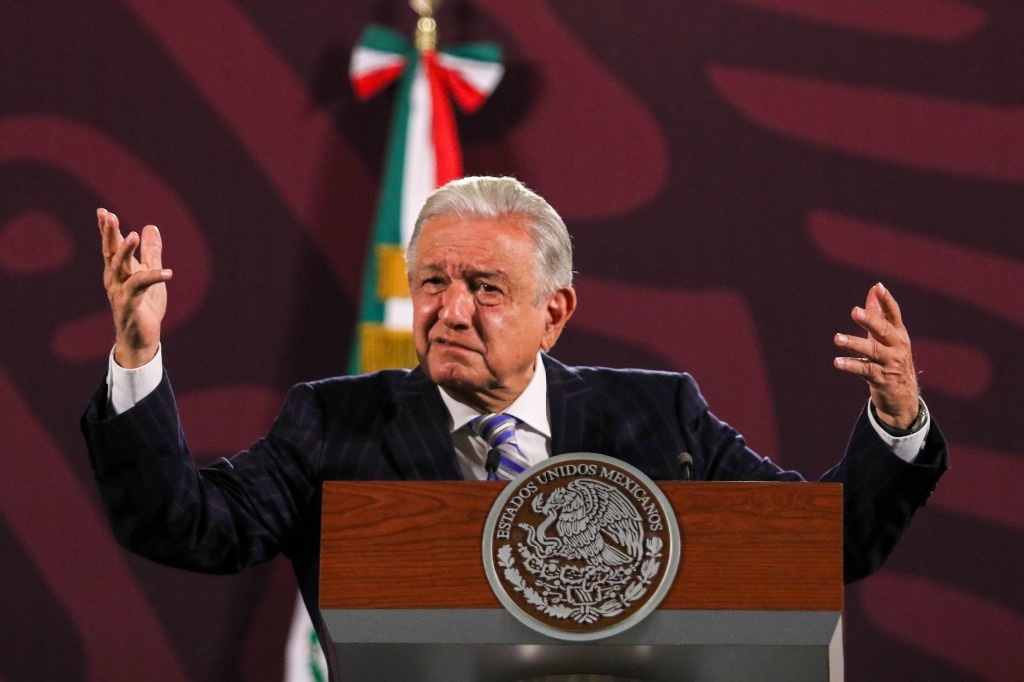Mexico is a leader among emerging countries in sustainable public finances, as its model is being replicated in other nations, acknowledged Rafael Muñoz, Principal Economist for Equitable Growth, Finance and Institutions for Mexico at the World Bank (WB).
“The Mexican State has been building an institutional framework for sustainable finance, not only for the issue of nearshoring, but from before, many years before,” said Irene Espinosa Cantellano, deputy governor of the Bank of Mexico (BdeM) while participating in the Third Binational Convention of the American Society.
Laura Ripani, representative of the Inter-American Development Bank (IDB) in Mexico, and María Consuelo Pérez, general director in Mexico of S&P Global Ratings Latin America, also recognized the country’s fiscal sustainability, which means that net public revenues are sufficient to cover the interest generated by the public debt, otherwise financing must be sought, which causes the amount of debt to rise and generates higher interest for the following period.
“Mexico is truly a leader among emerging countries in sustainable finance,” said Muñoz, who also commented that even Brazil has implemented the model in which the WB collaborated.
The deputy governor noted that the institutional framework for sustainable finance is an additional attraction for taking advantage of relocation.
He commented that in order to achieve the Sustainable Development Goals (SDG) by 2030, Mexico requires annual financing equivalent to 8 percent of the gross domestic product (GDP). He noted that the financing must be of quality and promote sustainable investments.
Regarding relocation, Muñoz mentioned that capital has left China, but it has not automatically moved to Mexico despite the fact that it is the country best positioned to attract investment compared to other Latin American nations, since it offers legal security, regulatory stability, in addition to the advantage of being a partner in the T-MEC.
Pérez said that nearshoring is going slowly, although it has shown positive signs, in particular, due to non-residential construction, which advanced 20 percent annually in 2023, the highest historical growth in this sector.
He indicated that new investments in foreign capital represented less than 0.3 percent of GDP in 2023. “They have historically been the lowest in terms of new foreign direct investment,” he noted.
He added that Mexico faces challenges such as energy and water stress, among others.
Luis Ize, president of Honeywell Mexico and general manager of Advanced Materials Latin America, said that the company has grown by double digits despite a difficult scenario, but that despite the current situation it will continue to invest, “because we see that Mexico has potential.”
In an interview, Espinosa Cantellano said that the BdeM makes its interest rate decisions “independently” because “we do not respond to the interests of any sector.”
He noted that the central bank’s governing board expects lower inflation levels by the end of 2024, but external factors must be taken into account.
#Mexico #sustainable #finance #World #Bank
– 2024-09-05 17:56:11


